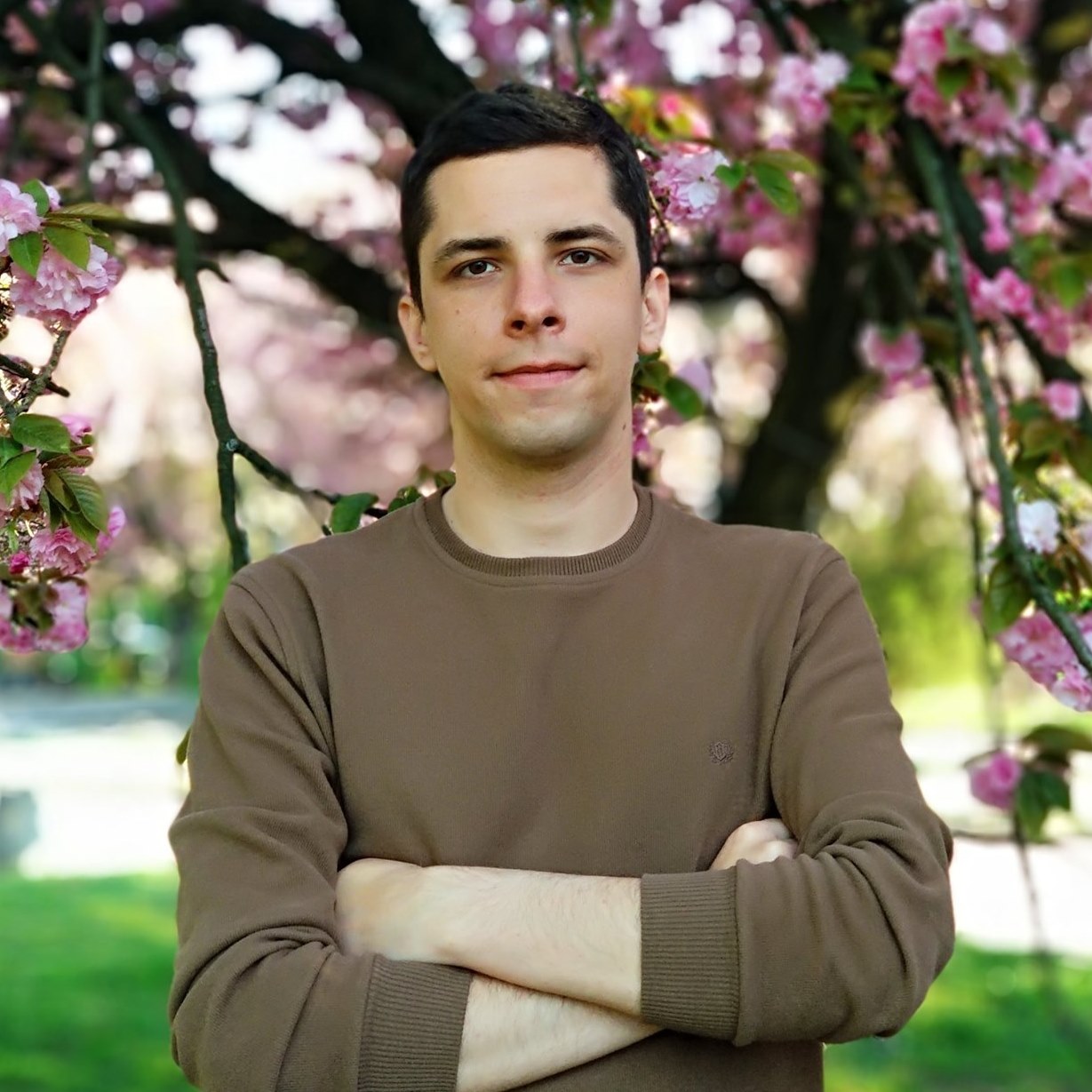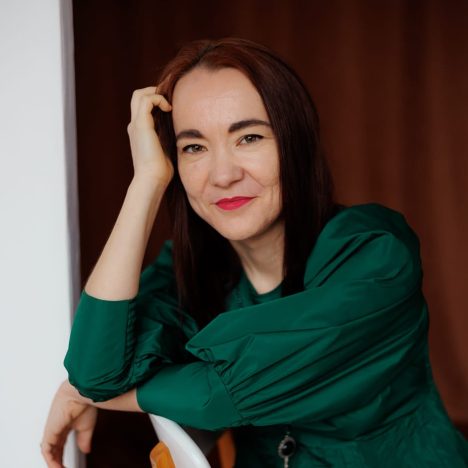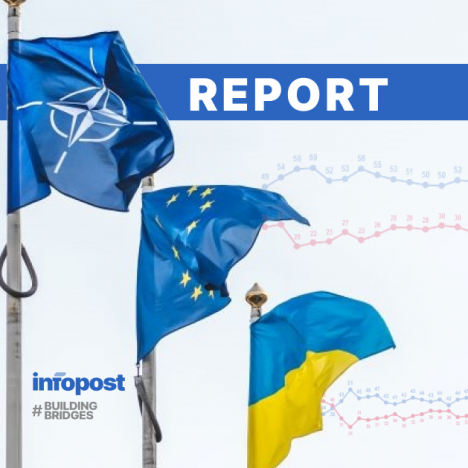A bilingual education could be the key to solving the educational feud between Ukraine and Hungary that has been going on for 4 years now. This is a story about those who have not only believed in this idea but have also made it reality.
On September 5, 2017, the Verkhovna Rada passed a new law “On Education”, Article 7 of which provided that the language of the educational process should be that of the state, i.e. Ukrainian. However, this did not imply a complete transition to the Ukrainian language of instruction, as the law emphasized the right to education alongside the state language as well as the language of a national minority. It was also mentioned in the law that: “in educational institutions, according to the educational program, one or more subjects can be taught in two or more languages - the state language, English, and other official languages of the European Union.”
Since Hungarian, Romanian, Slovak, Polish, Bulgarian and other languages spoken by Ukrainian national minorities, whose native country is an EU member state, are the official languages of the European Union, it would seem that representatives of national minorities should have no concerns in this regard.
However, in addition to a large number of questions regarding the educational law and its article about the languages, there was a key question of “how many disciplines can actually be taught in the mother tongue of a national minority, and how many of them in Ukrainian?; Which state body will be regulating it?”
Logically, national minorities showed fear that all subjects, with the exception of the native language and literature of the national minority, should now be taught in Ukrainian.
Political protests of neighboring countries
All this was first forgotten in the background of the political uproar that arose after the adoption of the new Ukrainian law on education. Almost immediately, as expected, not only Russia, but also Hungary, Romania, Poland, and Bulgaria protested. Budapest’s protest was most emotional. Perhaps it has been most consistent and systematic ever since.
Even the adoption of the law “On Complete General Secondary Education” in early 2020, which clarified the language proportions on the way to the implementation of the recommendations of the Venice Commission, did not relieve tension in this matter. According to the law, up to and including the 4th grade, Hungarians (as well as other national minorities whose mother tongue is one of the official languages of the EU) can study in their mother tongue. From the 5th grade on at least 20% of teaching time (not subjects) must be spent in Ukrainian. By the 9th grade, the percentage of time taught in the state language should reach 40%, and finally in the 10th-11th (12th) grades it should go up to 60%.
In addition, we would like to emphasize that the whole matter is about teaching time, not subjects, which provides the possibility for simultaneous teaching of one subject during a lesson in two languages, i.e. bilingual teaching.
The law also states that the school itself decides which subjects are to be taught in which language “taking into account the peculiarities of the language environment” (Section 6 of Article 5 of the Law).
Private schools in Ukraine are completely exempt from language requirements. They are given the right to “freely choose the language of the educational process” on one condition only – they “must ensure that students master the state language in accordance with state standards” (Section 10 of Article 5 of the law).
All these language innovations should take effect in the educational process from 2023 onward. We have found a school and teaching staff that can set an example of how to effectively adapt to the new system without assimilative influence and harm to students. On the contrary, this school can raise interest in the learning process and encourage greater immersion in the subject.
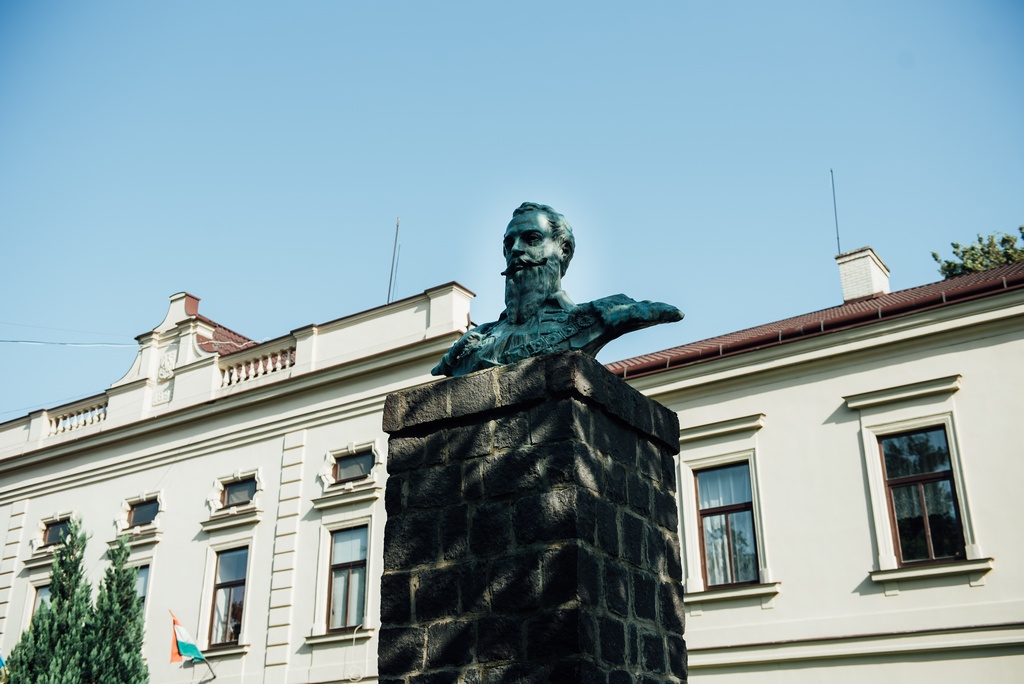
This is the Vynohradiv Secondary School of I-III Grades №3 named after Zsigmond Perényi, in which until recently all subjects were taught exclusively in Hungarian. Gabriela Gomoki, who has headed the school since 2009 and until recently, together with fellow teachers have decided to try to gradually integrate Ukrainian into the educational process.
One more thing. If you check Ms. Gomoki’s Facebook profile, you will see that her avatars alternately change the symbols of the Hungarian nation (including the image of King Stephen I of Hungary) with the “framework” of Ukrainian motivational campaigns, such as “Thank you to the defenders of Ukraine”, “June 26. The Crimean Tatar Flag Day”. This inclusion is really fascinating.
Especially since Gabriella Gomoki, like the vast majority of her Hungarian colleagues, was quite skeptical about the introduction of new law on education in Ukraine. In the end, however, she made an attempt to implement it, and here is what has become of it.
Ms. Gomoki, tell us how the teaching process had been conducted at Vynohradiv School №3 before the Law of Ukraine “On Education” was adopted in 2017.
– Our institution is the only one in the city of Vynohradiv, where teaching is conducted in the language of a national minority. All subjects, except Ukrainian and English, were studied in Hungarian in full.
After the adoption of the educational laws, your institution found itself in a new reality, since more of the teaching should be done in Ukrainian. How did the team and parents react to these innovations?
Let me start with the fact that the staff of our school had constantly made a lot of efforts to encourage students to master the Ukrainian language. Our colleagues from Hungarian-language schools in rural areas sometimes criticize us for making it easier for students to learn Ukrainian in the city, because unlike villages, Vynohradiv has a Ukrainian-speaking environment, which is very important. Also, our school hosts many students from polyethnic or mixed families, and this also contributes to the acquisition of the state language. In addition to these factors, however, it is to be noted that the constant efforts of the teaching staff had played a key role. As the head of an educational institution, I have always made sure that the subject “the Ukrainian language” is taught at the appropriate level, because I understand the importance of speaking the state language. For example, in all primary grades of our school, the Ukrainian language is taught not by a regular teacher, as is usually the case in grades 1–4, but by a Ukrainian philologist. This tradition of our institution dates back to the 2000s, long before the adoption of the new laws on education and language.
We have always made sure that the graduates of our school feel comfortable in a Ukrainian-speaking environment. As soon as the Ministry of Education approved the Experimental Program for Teaching of the Ukrainian Language in National Minority Schools in Zakarpattia (2014), we immediately set out to implement it in the educational process, which made it possible to increase the number of Ukrainian language lessons in grades 5-9 to five a week. If possible, we also include additional lessons of Ukrainian language and literature into the variable component of the curriculum for the 11th grade so that students have the opportunity to prepare well for external evaluation. That is, we work on the curriculum as thoroughly as possible.
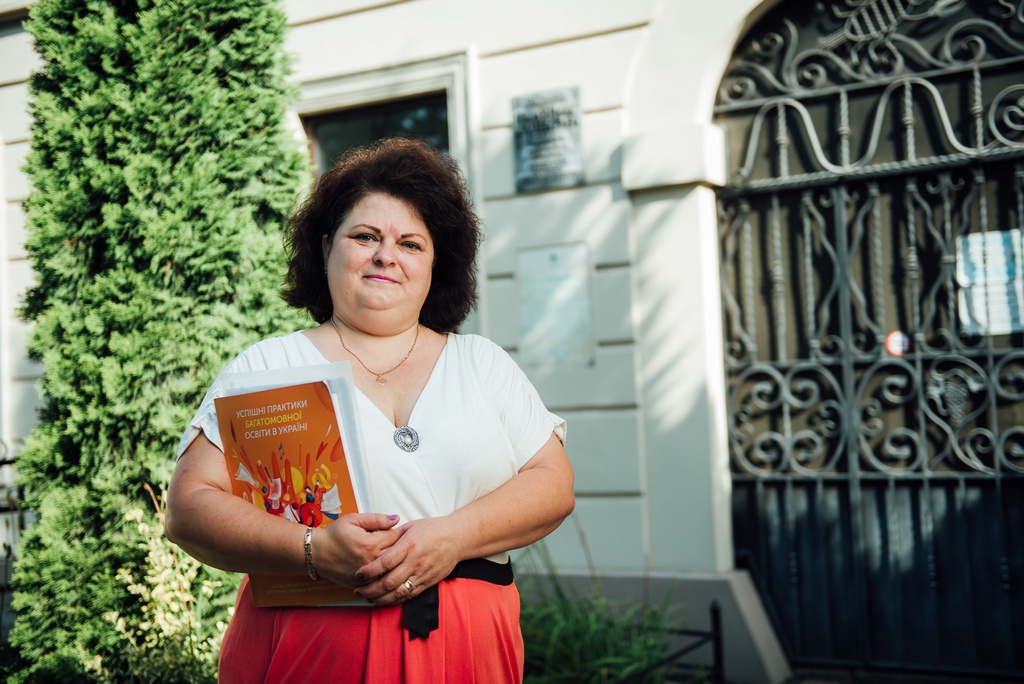
What were you motivated by in your intention to teach children Ukraine, while no one was even considering the new laws on education?
Because we saw just how difficult it was to teach the state language to those Hungarian students who were transferred to our institution from schools in rural areas. The same goes for children who come from entirely Hungarian-speaking families living in the city. For these two groups, the current fifth-grade Ukrainian language curriculum, which is based primarily on grammar rather than on communicative competencies, was overwhelming. Namely, they start studying the educational content in the fifth grade, which they will encounter later while participating in the external independent evaluation (EIE). Therefore, we have decided to improve the teaching of Ukrainian in primary school to make it easier to adapt to primary school.
Let us go back to the educational laws. How did the pedagogical and parent teams react to the fact that in the educational process in the Hungarian school the percentage of educational material that will be taught in Ukrainian will significantly increase?
After the adoption of the Laws of Ukraine “On Education” and “On Complete General Secondary Education” the staff of our school got quite the scare. After all, it was unclear how an ethnic Hungarian who received preschool and primary education in Hungarian would be able to perceive 20% of the curriculum in Ukrainian in the fifth grade. After all, these are complex subjects of primary school, where the terminology is quite complex. We singled out three scenarios: 1) the child is reluctant to learn; 2) students will memorize educational material in Ukrainian without understanding its content; 3) parents will hire tutors in those subjects that will be taught in Ukrainian or simply take the child to study in Hungary.
We were faced with a choice: either we simply wait until 2023, when the transition period ends, and then deal with the ensuing problems, or we gradually adapt to the new legal requirements. After consulting with the teaching staff, the school administration decided not to sit idly by. We have set ourselves the goal of mastering a bilingual teaching method during the transition period in order to make it a little easier for our students to fully comply with the law on education. At the same time, it was a priority for us to receive education in our native language in order to preserve the national identity of a Hungarian student.
At that time, we actually knew very little about bilingual education, so we decided to participate in the project “Shaping Multilingualism of Children and Students: Progressive European Ideas in the Ukrainian Context“, co-organized by the Ministry of Education and Science of Ukraine and the OSCE Office for National Minorities. The project was launched in 2016, we joined it in early 2018, and in September 2019 the implementation of bilingualism (bilingual teaching and learning) in our school was launched. As part of this project, several of our teachers and I underwent special training, which lasted for 18 months.
If the project has existed since 2016, then why did you join it only in 2018?
At first we refused to participate because both parents and teaching staff were afraid of assimilation of Hungarian-speaking students. We all did not fully understand what bilingual education really was. Although, in fact, almost every Hungarian is bilingual.
In short, the essence of the bilingual approach is to combine the two languages in the study of program material. It’s not just a “mirror” translation of every word of the teacher. The teacher switches into another language when he or she notices that some of the students in the class have lost contact with him or her because they have stopped understanding what the lesson is all about. That is, the teacher smoothly switches from one language to another. If some terms cannot be understood by students in Ukrainian, the teacher explains them in Hungarian, and vice versa. The positive thing about the bilingual approach is that the pupil is constantly exposed to two or even three languages during training.
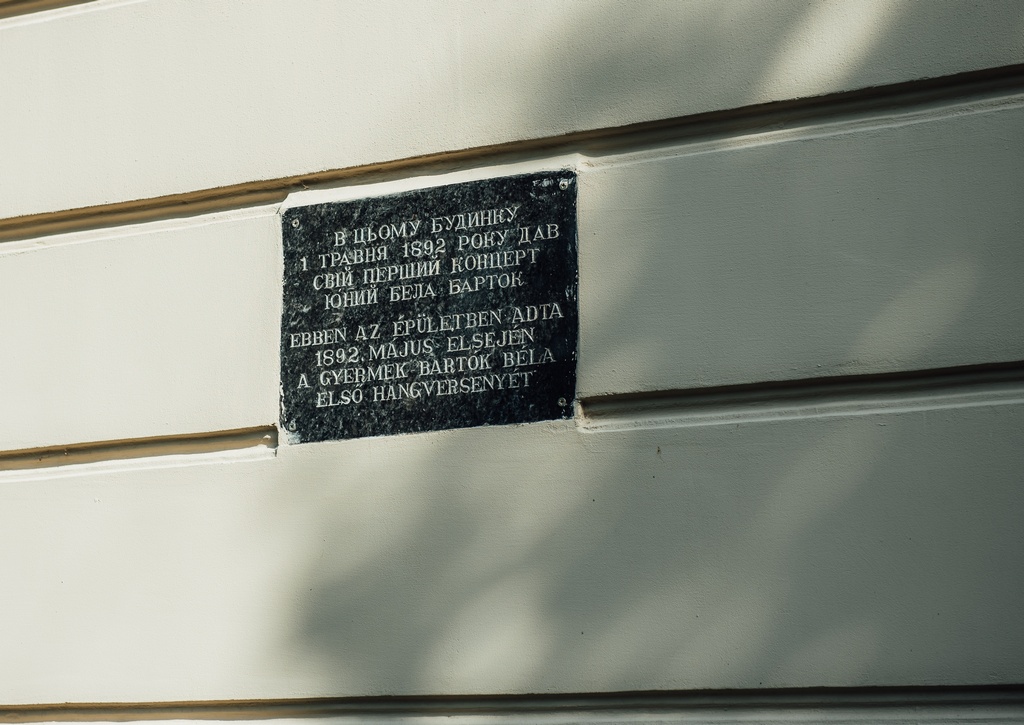
How many of the teachers have adopted the bilingual approach?
A total of 42 teachers work in our institution. Three teachers of the Ukrainian language and physics have been trained within the framework of this international project. However, for the rest of the staff we have conducted internal training at meetings of the pedagogical council and methodological associations. Consequently, they also introduced elements of bilingual methodology. Of course, we would be happy if the whole teaching staff of our institution had the opportunity to take part in such a unique international project. We do hope this was not the last such opportunity.
Was it difficult for these three pioneering teachers to teach their subjects in a new manner?
It was not difficult, because the students themselves help a lot. For some period of time we were hesitating about what kind of bilingual technique would suit our institution. Then we opted for the middle ground: since most of the students in our school are Hungarian-speaking, each lesson begins in their native language, and already during the process of explanation the teacher smoothly “injects” Ukrainian. The proportionality of the use of the two languages depends on the individual characteristics of the class, students, subject and topic of the lesson. That is, as of now we have already developed a certain internal method for our institution, all that remains is to hone it. From 2023 on, as required by law, we are planning to completely transfer the fifth grade to bilingual education. A year later we are going to conduct a survey among students and parents to check their impressions.
How long did it take for the bilingual system to work to the full?
The whole thing bore first fruits four months later. In December 2019, our institution was visited by a group of experts who gave a positive appraisal of the introduction of bilingualism. In addition, we saw clear evidence that bilingualism works, since students remembered certain terms, phrases, phrases that the teacher explained in Ukrainian a month ago.
Were there any cases when teachers resisted the bilingual methodology and did not want to implement it?
No, not at all. We encountered another problem – we had no one to compare our performance with because our school was the first Hungarian-language institution to make an attempt to implement bilingualism in the educational process. We were really trailblazers, so we had to compare our teaching methods with the similar ones in Romanian- and Bulgarian-language secondary schools.
According to you, how long does it take for a teacher to master the method of bilingual teaching?
Depending on their starting level of bilingual proficiency. Experts from Italian universities have told us that they have a bilingual education permit only for those teachers who are fluent in two languages. If we simulate the situation that a teacher is fluent in both Ukrainian and Hungarian, then I think one year will be enough for them to master the method of bilingual teaching.
What do you think the Ukrainian government should undertake to motivate teachers to switch to bilingual education in national minority institutions?
Obviously, it is necessary to organize free training with the participation of experts from the European countries. It also is certain that material motivation does not come last here.
And what was the reaction to the bilingual method of teaching on the part of students, parents, and the public?
Some colleagues from the educational field voiced some strong criticisms. There were even accusations that we were allegedly Ukrainianizing the educational institution. Parents reacted to the innovation in quite a restrained manner. Their stance was something like this: if it gives a positive result, then so be it. Students perceived the new teaching methods with interest. At first, it was a little unusual for them to hear teachers explaining some terms not only in Hungarian but also in Ukrainian. After we studied the children’s opinions we realized that we were moving in the right direction. In fact, the bilingual system was not completely new to them, as our teachers had been using some elements of bilingualism in their study of the Ukrainian language long before it became a trend. When teaching subjects, school teachers constantly use bilingual terminology to make the students accustomed to it, for we constantly face the external independent evaluation, which is twice as difficult for Hungarian children to write in the state language than for those for whom it is their mother tongue.
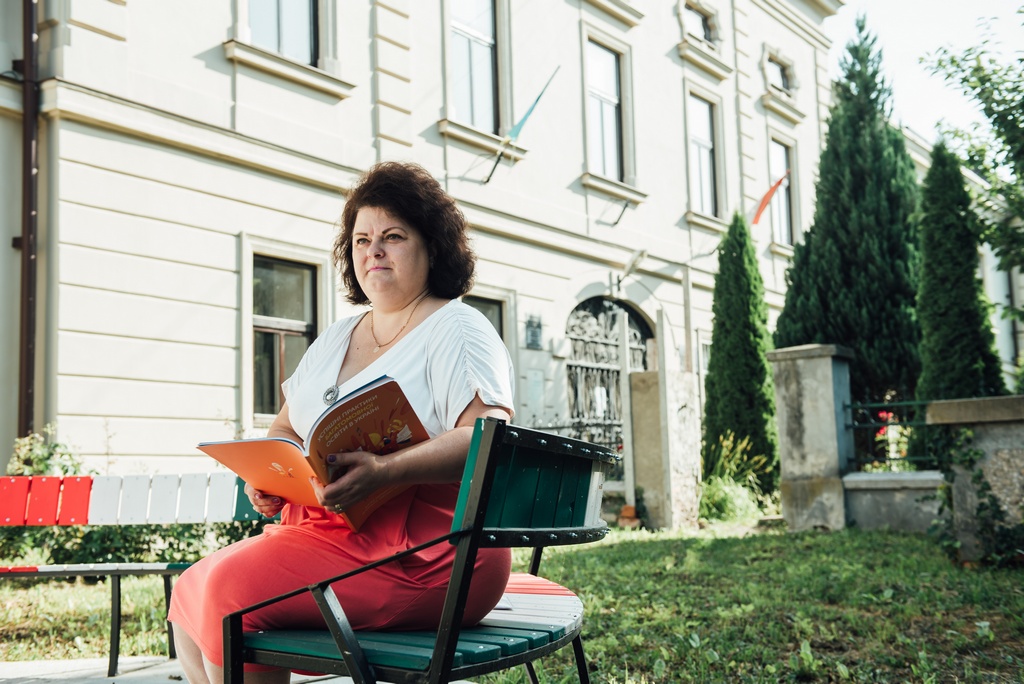
How did you convince your opponents of the fact that bilingual education does not lead to assimilation?
Educational institutions must operate in the legal field and comply with the requirements of the law of Ukraine “On Complete General Secondary Education”. This document states that representatives of national minorities receive primary education (grades 1–4) entirely in their native language, in the 5th grade 20 percent of school time must be conducted in Ukrainian, and 80% in the language of a national minority. This proportionality is gradually changing and in the 11th grade it should reach 60% to the state language, with 40% to the language of a national minority.
There are two ways to comply with this rule of law. The Directorate may draw up a clear list of subjects in which some subjects are taught entirely in Ukrainian and others entirely in Hungarian. The second method lies in bilingual education, in which students are exposed to Hungarian each lesson. It is obvious that the second option does not pose a threat of assimilation, only promoting the development of students’ speech competencies, which in future will facilitate their integration into Ukrainian society.
Are you aware of how many Hungarian-language schools have already switched to the bilingual system?
In the then Vynohradiv district we are the only ones. To the best of my knowledge, not one school in the then Berehovo district did the same.
Why, in your opinion, other institutions did not avail themselves of this opportunity?
Because they were afraid of Ukrainization, of not understanding the essence of bilingualism, just like we were back in 2016. At that time, the stance of pedagogical and parent teams of Hungarian-language schools was categorical – all subjects should be taught exclusively in Hungarian in full. Many hoped that a compromise between Ukraine and Hungary could be reached at the diplomatic level and that the language article of the law on education would be repealed. We came to understand that if from 2023 we have to comply with the law, it is necessary to take care of children in advance and make it easier for them to adapt themselves to the new requirements.
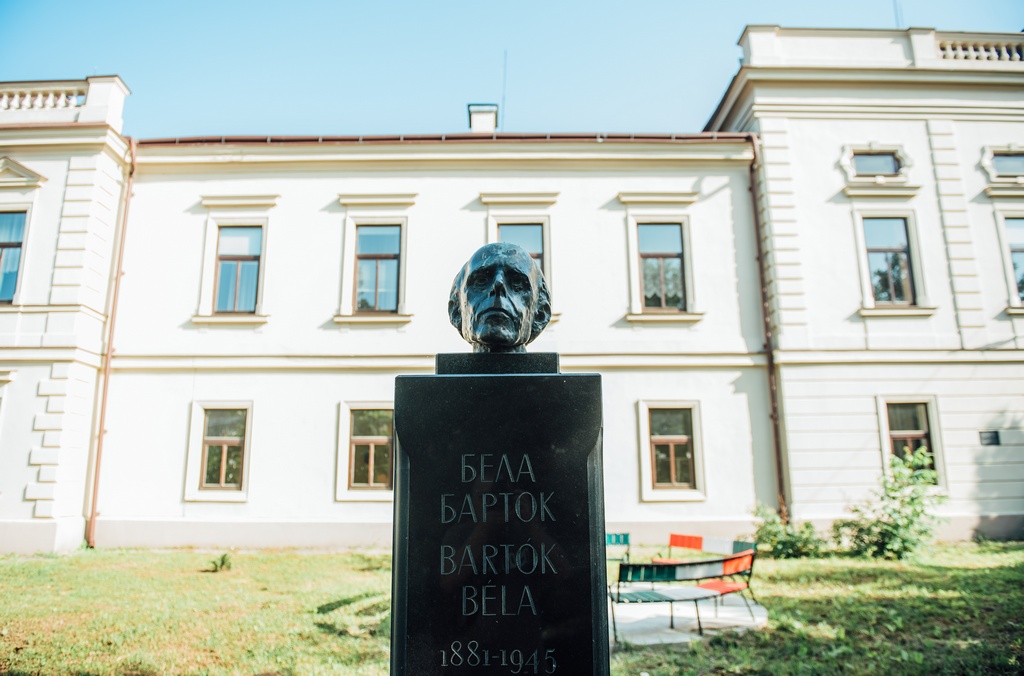
By the way, what else do you think the state could do to foster a better integration of Hungarians into the Ukrainian society?
If we talk about secondary education, it is necessary to change the method of teaching of the Ukrainian language in schools of national minorities. The current curriculum is not aimed at developing speech skills, rather at memorizing a huge number of rules necessary for external independent evaluation. As a result, we are facing a situation where Hungarian-speaking students sit tests in Ukrainian, they do morphology, syntax, while at the same time experiencing problems with vocabulary and the ability to speak. It is also necessary to synchronize the study of Ukrainian and Hungarian, since the program material in the Ukrainian language is mostly ahead of the topics of the corresponding lessons in the native language, and this, as we see it, makes no sense whatsoever in the educational process.
It is also a paradox that Hungarian-speaking students find it much easier to learn English than Ukrainian, although they do not hear the former as much in everyday life as the latter. This may be explained by the fact that the method of teaching English is better adapted for students, members of another language family, than Ukrainian. I also believe that the EIT program in the Ukrainian language for members of national minorities should differ from that developed for Ukrainian-speaking students. This is a topic for a separate article, though.
Ms. Gomoki, at the end let me ask you a personal question. I know that you are a Hungarian by nationality. How did you arrive at the decision to choose the profession of Ukrainian philologist?
I have always wanted to be a teacher, because my mother worked all her life as a primary school teacher. However, when Vira Ivanivna Chepynets started teaching me Ukrainian in the fifth grade, I fell in love with the subject. I was especially amazed at how deeply she was able to analyze literary works. My childhood imagination was captivated by the conclusions that can be reached through careful reading of literature.
Maksym Molnar, teacher of history and law,
photo credit – Mykhailo Lemak and the archive of G. Gomoki, specially for InfoPost.Media
